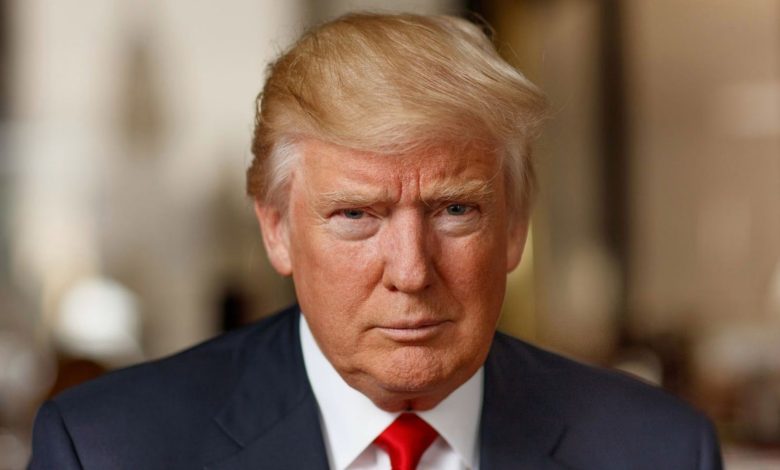US Tariff Hypocrisy: The Quiet Trade Barrier No One Talks About

India has often been labeled the “tariff king” by US leaders, particularly former President Donald Trump. But in a surprising twist, the real numbers tell a different story—one that points to US tariff hypocrisy. While the US criticizes India for high trade barriers, it quietly maintains sky-high duties on key agricultural imports.
What Sparked the Latest US Tariffs on India?
On July 30, President Trump reignited the tariff war by imposing a 25% duty on various Indian exports, citing what he described as “obnoxious” trade practices. The move came amid strained US-India relations, especially over New Delhi’s defence and energy ties with Russia.
Items impacted by the new tariffs include:
- Auto parts
- Electronics
- Textiles
- Jewellery
- Processed foods
These aren’t just symbolic. Analysts from ICRIER and NCAER estimate that this could shrink India’s GDP by up to 0.5% in the upcoming fiscal year—especially hitting labour-intensive industries like gems and garments.
US Tariff Hypocrisy: The Data Behind the Drama
While the US claims moral high ground on trade openness, the WTO’s Tariff Profiles 2024 reveal another side. Here’s what America’s “bound tariff rates” actually allow:
- Up to 350% on tobacco products
- Over 200% on specific dairy items like milk powders
- More than 130% on certain fruits, cereals, and vegetables
These rates are often applied when quotas are exceeded or when countries don’t enjoy trade preference status—impacting developing nations the most. So while India is criticized for protectionism, US policies quietly shield their own agriculture sector just as aggressively.
Who’s the Real Tariff King?
Trump first coined the term “Tariff King” during his initial presidency. But in 2025, it’s resurfacing—mainly as negotiations with India have stalled on digital tax regulations, defence deals, and trade imbalance concerns.
According to the WTO:
- India’s average applied MFN tariff: 15.9%
- US average applied MFN tariff: 3.4%
That looks one-sided—until you dig deeper. The US tariff system may appear liberal at a glance but hits hard when products breach quotas. Many Indian exporters lack access to these preferential pathways, leaving them vulnerable to punishing duties.
Why India Still Runs a Trade Surplus
India exported goods worth $87.4 billion to the US in 2024, while importing just $41.7 billion, creating a $45.7 billion trade surplus. This gap has become politically sensitive in Washington, especially as supply chain strategies shift post-pandemic.
But here’s the nuance: India’s surplus largely comes from services, engineering goods, and pharmaceuticals. When it comes to agriculture, India is still locked out of the US market—even as a global leader in dairy, fruits, and pulses.
Final Thoughts: Time for Honest Trade Talk
The debate around tariffs isn’t black and white. Yes, India has high duties in sectors like autos—but so does the US in agriculture. The real conversation needs to move beyond headlines and into the fine print. Until then, US tariff hypocrisy will continue to be a silent deal-breaker in global trade talks.
Additional Sources:
India’s Role in Global Supply Chains – An Overview
WTO Tariff Profiles 2024 (wto.org)




